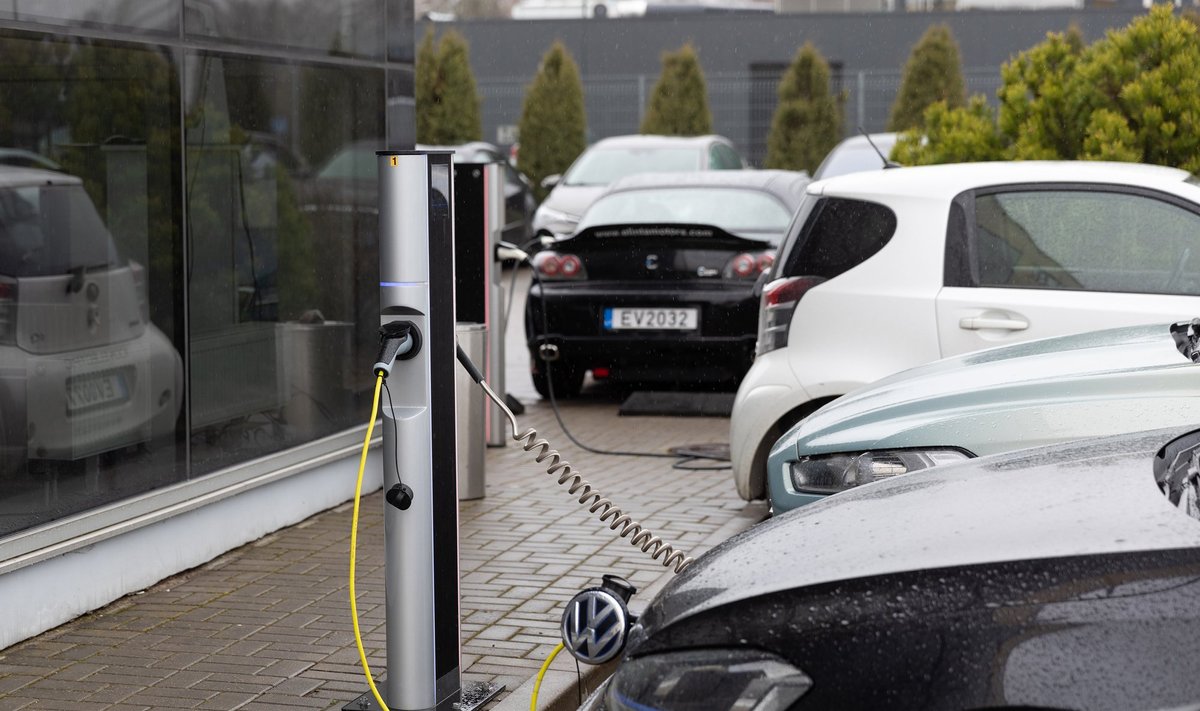The plan drafted by the Ministry of Transport and Communications is based on three priority tasks, i. e. gradual shift away from the most polluting urban and regional public transport, alternative fuelling / charging infrastructure development, promoting 5G network and transport innovations.
“The Recovery and Resilience Facility will help solve highly pressing matters: transform the polluting and relatively old transport fleet, increase public transport quality and attractiveness, develop alternative fuelling / charging infrastructure and create higher added value through innovation and digitalisation,” Ramūnas Dilba, Chancellor of Transport and Communications of the Republic of Lithuania, said.
More electric cars and non-polluting buses
It is estimated that with the RRF funds invested into cleaner transport, Lithuania could acquire around 22 thousand electric cars, 500 heavy goods vehicles and around 500 electricity-, biofuel- or hydrogen-powered buses and minibuses.
Smaller municipalities without sustainable urban mobility plans will have the possibility to modernise their public transport fleets, i. e. acquiring additional 230 clean and convenient new generation buses. This will hopefully encourage residents to use public transport more frequently.
Estimates show that RRF investments should increase the number of registered clean minibuses and buses in the Lithuanian fleet from 9 to 18 percent. EUR 178 million is to be invested into the modernisation of the transport fleet.
Charging stations infrastructure development to require EUR 72 million
Currently, there are 360 public charging access points for electric cars. These access points are located near national roads and in municipalities. It is estimated that with the RRF funds the number of such access points across Lithuania should increase 15-fold and reach 5240 public and semi-public charging points by 2026.
The plans include developing an entirely new heavy-duty transport public charging infrastructure and building 10 charging points for this type of transport by 2026. Some investment is to be allocated to the development of alternative fuelling / charging infrastructure using other types of fuel, such as biomethane or hydrogen.
Digital innovation (5G) development and communication innovation to require EUR 70 million
The lion share of investment for digitalisation (EUR 50 million) is to be allocated to high-speed broadband network in remote areas: building 50 communication and transmission towers and installing fibre loops to enable institutions (schools, healthcare institutions and households) to connect to a high-speed broadband network.
EUR 20 million is to be allocated to the promotion of transport innovations through Sandbox environment. This regulatory and legal basis and environment will attract startups engaged in installation and application of transport innovations.
The Recovery and Resilience Facility for Lithuania provides for EUR 2.225 billion in grants and up to EUR 3 billion in loans. The above sums include EUR 320 million to be allocated for the transport sector transformation.
This represents part of the EU funding, as currently preparations for the Multi-Annual Financial Framework 2021–2027, which envisages EUR 850 million in transport sector investment, are underway.
